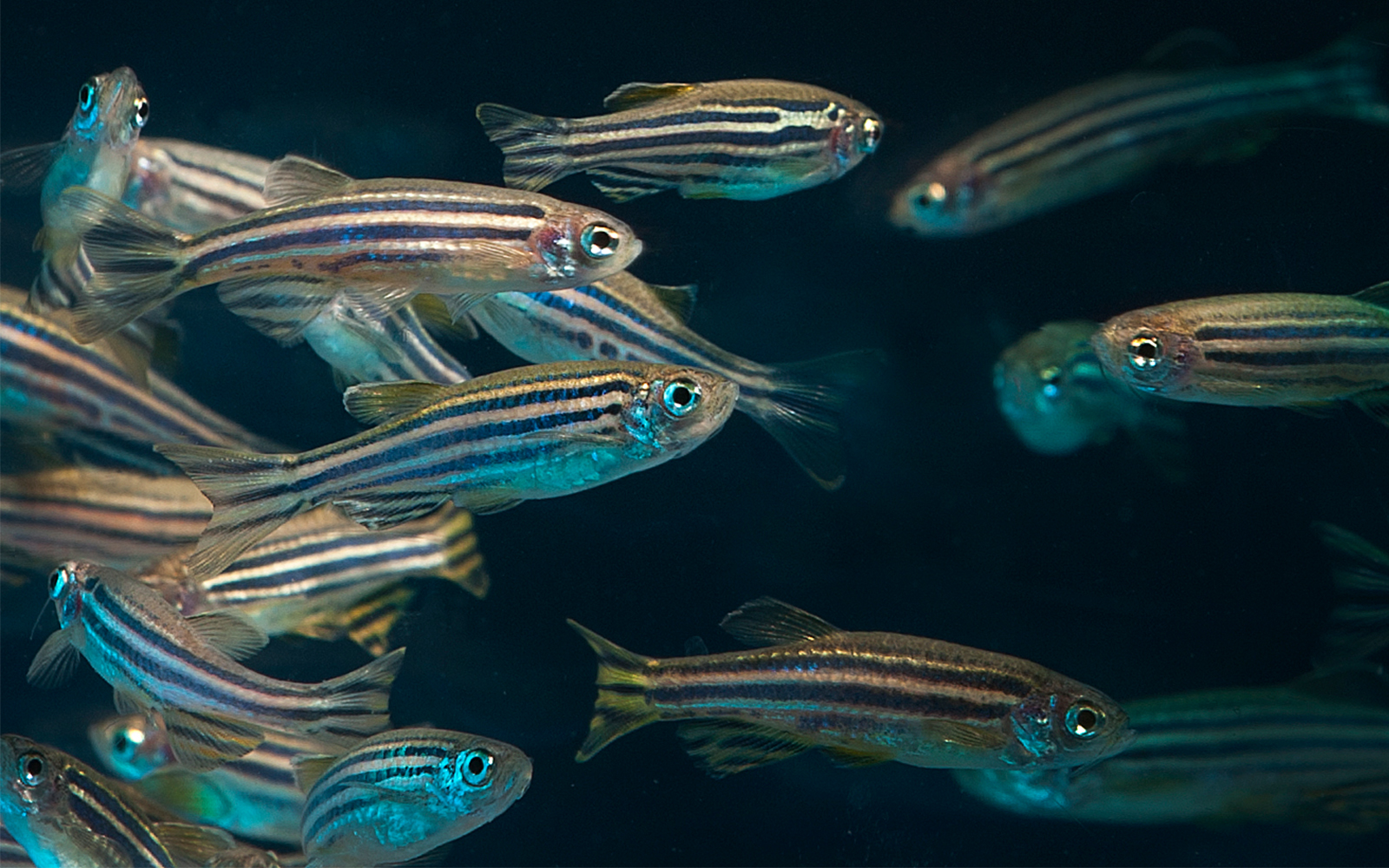The earthy scent of grass after rain, the aromas of Grandma’s cooking wafting from the kitchen—these quintessential smells shape our perception of the world, thanks to the millions of olfactory sensory neurons (OSNs) lining our nasal passages.
These neurons, adorned with antenna-like projections known as cilia, capture odorant molecules, enabling us to detect and differentiate myriad scents. For individuals with ciliary disorders, known as ciliopathies, the loss of this vital sense, termed anosmia, is a common and distressing symptom.
“A better understanding of ciliary biology in olfaction could eventually open up avenues to explore potential therapeutics for anosmia in patients with ciliopathies,” asserted Sudipto Roy, a Senior Principal Investigator at A*STAR’s Institute of Molecular and Cell Biology (IMCB).
Engaging in an international collaboration with researchers from the Norwegian University of Science and Technology, Norway; University of Florida, Columbia University Irving Medical Center and Washington University School of Medicine in the US; German Center for Neurodegenerative Diseases, Germany; and Korea University, South Korea; Roy’s team unravelled the lesser-known transcriptional mechanisms underpinning OSN differentiation.

A confocal image of an adult zebrafish’s olfactory epithelium, showing the expression of the foxj1a (magenta) and foxj1b (green) genes. Motile cilia along the tips of the olfactory rosette are marked by anti-acetylated-tubulin marker (yellow). The nuclei of all cells are marked in blue.
Their research using zebrafish and mouse models led to an unexpected discovery: Foxj1, traditionally recognised as a master regulator of motile cilia formation, was also found to be active in ciliated OSNs, which intriguingly possess immotile cilia.
Furthermore, the absence of Foxj1 in both zebrafish and mice precipitated defects in the formation of olfactory cilia. For instance, zebrafish larvae lacking Foxj1 exhibited a diminished odour response to bile acids—a critical class of pheromones in aquatic environments. These insights confirmed Foxj1’s crucial role in cultivating fully functional OSNs.
Curious to identify which genes Foxj1 influenced, the researchers performed in situ hybridisation experiments. They marked zebrafish embryos with nucleic acid probes targeting genes associated with ciliary motility and found that loss of Foxj1 did not affect the expression of these genes.
However, both in situ hybridisation and RNA sequencing revealed that Foxj1 deficiencies led to a reduction in the expression of key OSN-specific differentiation genes such as ompb and cnga4.
“Previously, we had limited information on the transcriptional mechanism of cOSN differentiation,” said Roy. “In our study, we showed that multiple cilia containing cells require Foxj1 for their differentiation and functional maturation.”
Roy noted that the team is eager to tackle the fundamental questions surrounding OSN differentiation, their functional mechanisms and the pivotal role of cilia. Specifically, they are keen to explore why genes related to cilia motility are suppressed in OSNs despite the presence of Foxj1.
"Since we also work on the clinical aspects of ciliary dysfunction, we hope that our findings will be relevant to conditions of anosmia present in many ciliopathy patients," concluded Roy.
The A*STAR-affiliated researchers contributing to this research are from the Institute of Molecular and Cell Biology (IMCB).





